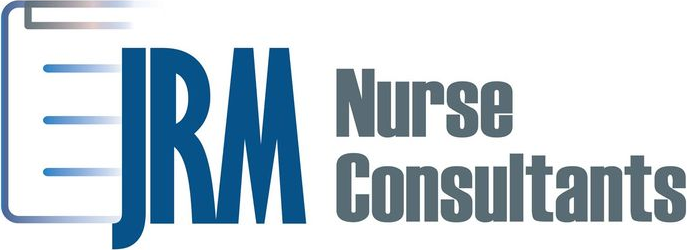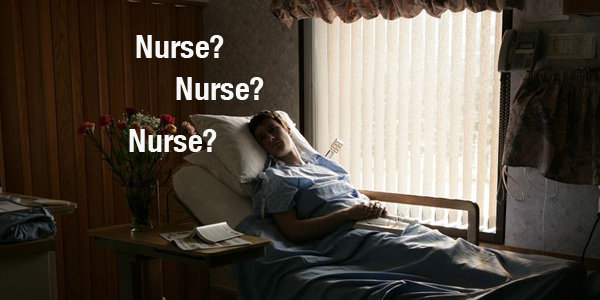Menopause is a natural transition in a woman’s life, but it often brings physiological changes that can impact cardiovascular and metabolic health. Understanding these risks is essential for both healthcare providers and women themselves. Nurses play a key role in education, prevention, and advocacy for healthy aging.
Cardiovascular Risks in Menopause:
The decline in estrogen during menopause affects the cardiovascular system. Key concerns include:
-
Increased blood pressure
-
Changes in cholesterol levels (higher LDL, lower HDL)
-
Greater risk of heart disease and stroke
Nursing Perspective:
Monitoring vital signs, patient education on heart-healthy habits, and advocating for regular screenings can reduce cardiovascular risk.
Metabolic Dysfunction:
Menopause can also affect metabolism, leading to:
-
Weight gain, particularly around the abdomen
-
Insulin resistance and a higher risk of type 2 diabetes
-
Changes in lipid and glucose metabolism
Lifestyle and Functional Medicine Interventions:
Nurses and healthcare providers can guide patients toward sustainable interventions:
-
Nutrition: Emphasize anti-inflammatory foods, balanced macronutrients, and adequate fiber.
-
Physical activity: Regular aerobic and resistance exercise to support heart health and metabolism.
-
Sleep and stress management: Quality sleep and stress reduction techniques improve insulin sensitivity and cardiovascular resilience.
-
Functional labs and personalized assessment: Identify hormonal imbalances, metabolic markers, and cardiovascular risk factors to tailor care.
Patient Perspective:
Women can feel empowered by understanding these changes. Small, consistent lifestyle adjustments, combined with regular check-ups, can significantly reduce long-term risks.
Menopause doesn’t have to mean inevitable cardiovascular or metabolic decline. Through awareness, proactive monitoring, and lifestyle interventions, nurses can help women maintain heart and metabolic health, improve quality of life, and promote longevity.
This week, women experiencing menopause can schedule a basic cardiovascular and metabolic screening — a first step in proactive, empowered care.
Written by Rosie Moore, DNP, RN, LNC, BC-FMP


